Hardkernel Launches Odroid H2 x86 Single-board Computer
Odroid H2 x86-based Single-board Computer
According to forums, Hardkernel first began experimenting with an x86 Odroid board in 2015. In 2017, Odroid tried an AMD Ryzen 5 x86 SBC, before settling on an Intel-based x86 single-board computer option in the Odroid-H2.The Odroid H2 is powered by an Intel Celeron J4105 System on a Chip (SoC), with up to 2.3GHz. For graphics, you'll find a 12EU Intel UHD Graphics 600. It's outfitted with an HDMI and DisplayPort, both compatible with 4K at 60Hz. RAM is dual-channel, DDR4-PC19200 with support for up to 32GB. The Odroid H2 rocks dual Gigabit Ethernet RJ45 ports, a 20-pin GPIO header, M.2 PCIe, NVMe storage compatibility, two SATA 3.0 ports, eMMC module support, and four USB ports, two USB 3.0, and two USB 2.0.
Oroid H2 specs:
- Intel Celeron J4105 quad-core processor with Intel UHD Graphics 600 SoC
- Dual-channel Memory DDR4-PC19200 (2400MT/s) up to 32GB RAM
- M.2 PCIe 2.0 x4 slot for one NVMe storage, 2x SATA 3.0 ports, eMMC flash support
- HDMI 2.0 up to 4K (4096×2160) @ 60 Hz and DisplayPort 1.2 up to 4K (4096×2160) @ 60 Hz
- Headphone and microphone audio jacks, S/PDIF
- 2x Gigabit Ethernet (RJ45)
- 20-pin header with I2C and UART (3.3V)
- RTC battery
- PSU: 14V to 20V DC power input
Since the Odroid H2 is x86 based, it boasts compatibility with a bevy of operating systems ranging from Windows 10 to virtually any Linux distribution (distro). At launch, Hardkernel provides four cases: one acrylic similar to the CloudShell, a VESA mount-compatible case, and two dual-tier cases with ample hard drive space. As such, this is a powerful SBC with all the trappings to make a powerful, affordable, and functional small form factor PC.
Stress tests show its CPU remaining at 2.3GHz and running at a cool 70 degrees Celcius or lower for 30 minutes. With an SSD connected to the M.2 NVMe PCIe interface, the Odroid H2 provided a transfer rate of 1.6 GB/s. Further, a 4K/H.265 to 720p/H.264 video transcode with FFmpeg took about three minutes for a 10-minute video file transcode. That's impressive especially for a board this size.
While benchmarks are fantastic, early video footage truly exhibits the capabilities of the Odroid H2. There's footage of the Odroid-H2 running 18.10 and handling Nintendo Wii emulation with the Dolphin emulator like a champ (note: We here at Electromaker love retro gaming and emulation, but do not condone piracy. Please only use ROMs of games you legally own).
Ultimately, the Odroid H2 is poised to dominate. While loads of ARM-based single-board computers exist, there aren't a ton of x86 SBCs. With solid hardware and incredible hardware support, the Odroid H2 is slated to be an awesome single-board computer with the potential to serve as anything from a network attached storage (NAS) device, game console, or simple desktop.
Your turn: What SBCs do you prefer, and will you be getting an Odroid H2?




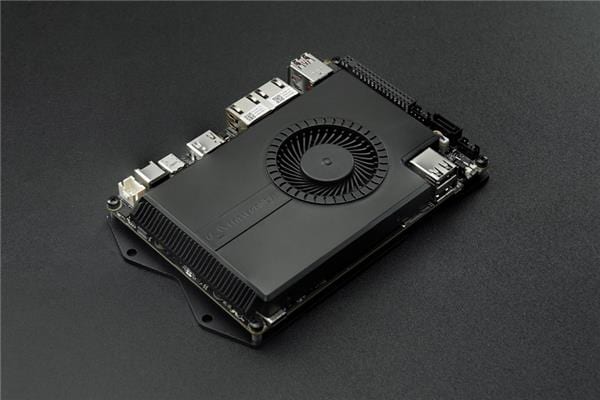
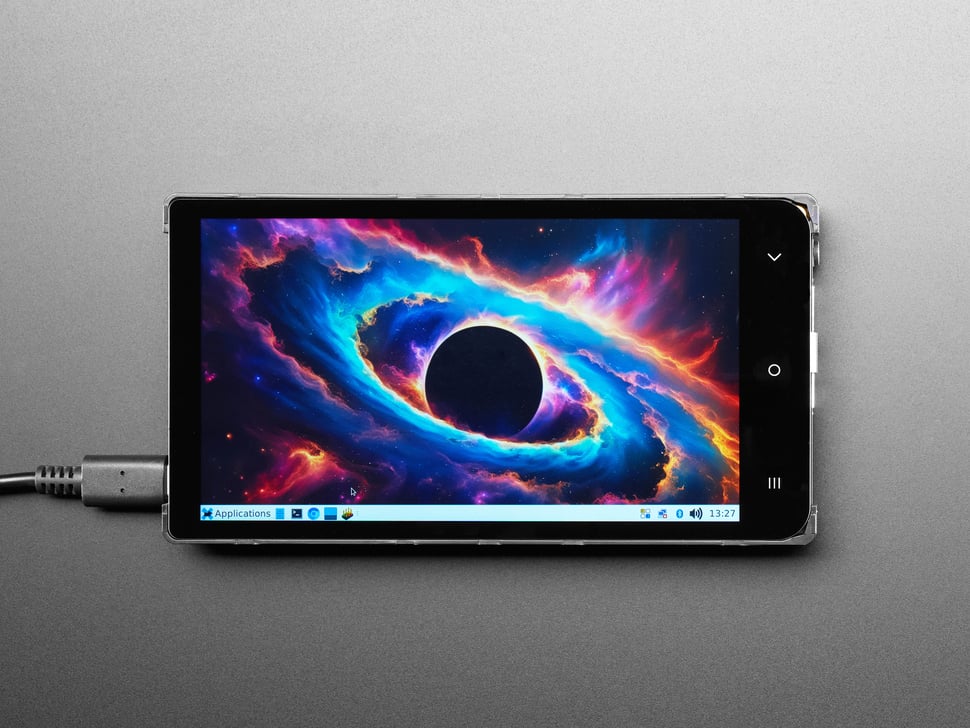
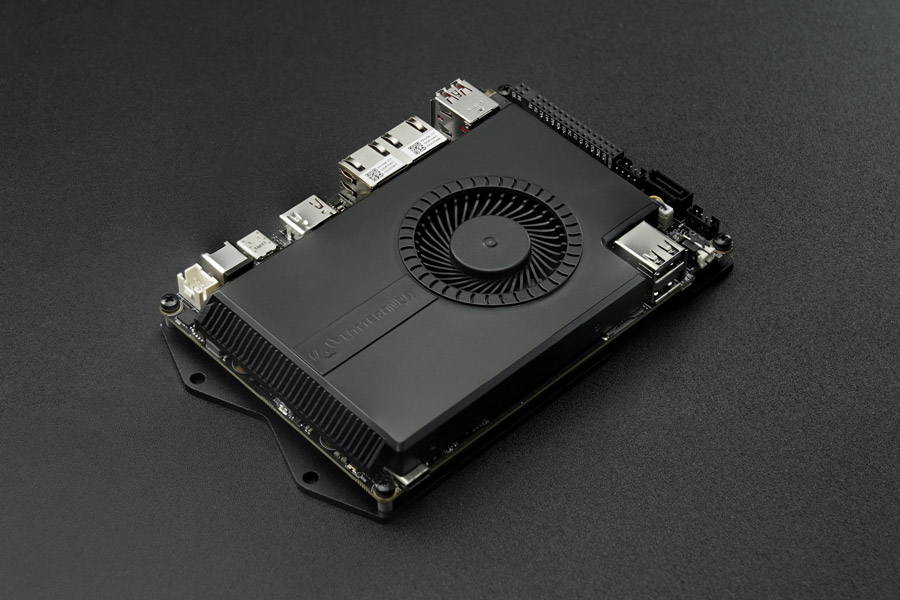
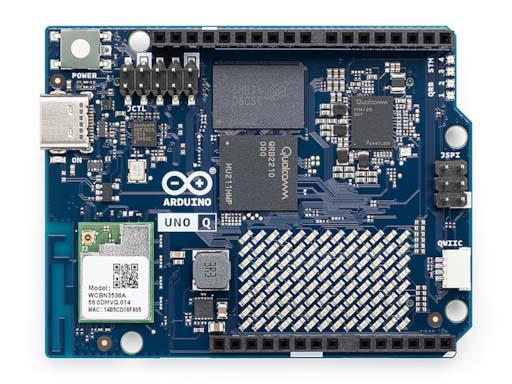
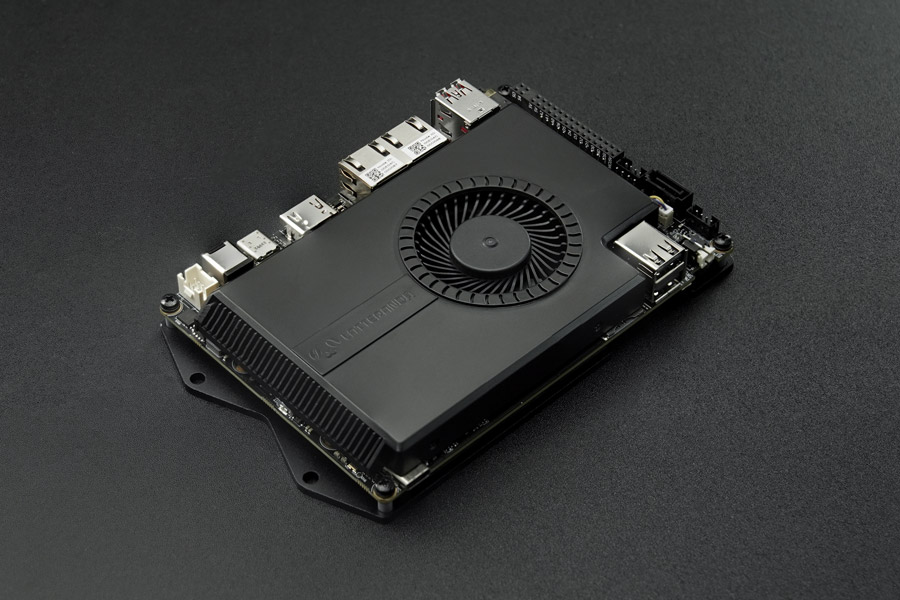

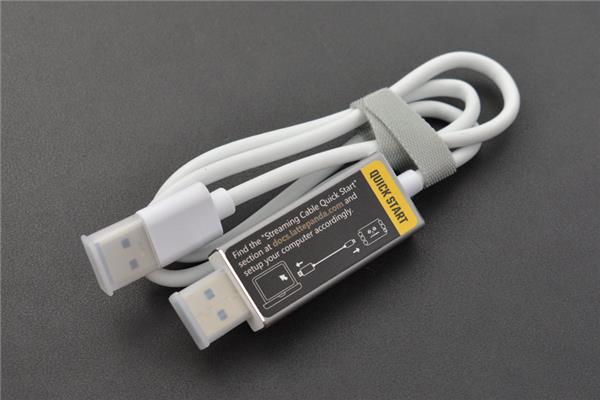





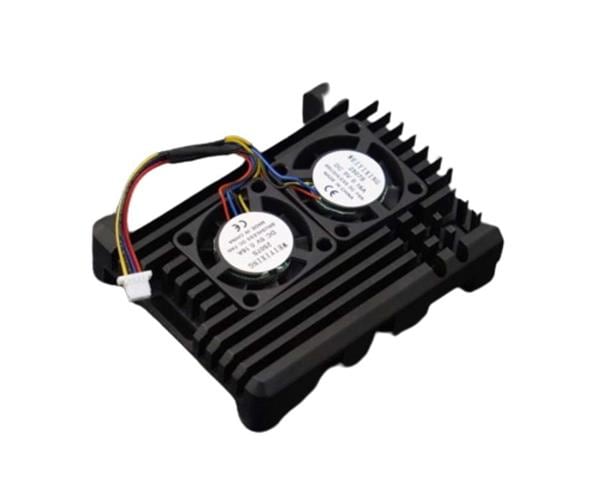
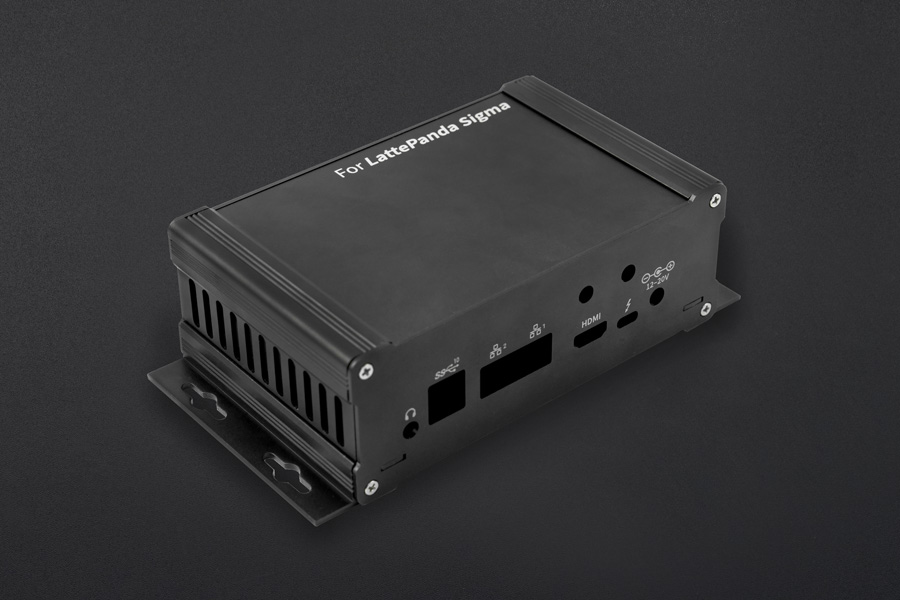

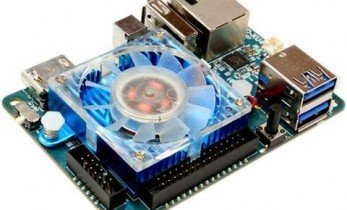
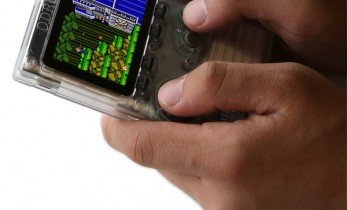
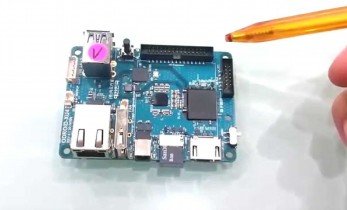
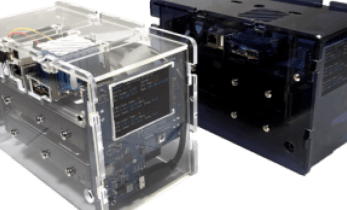
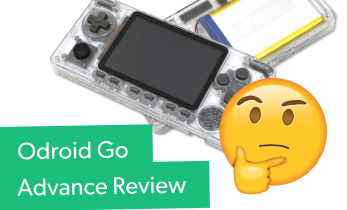
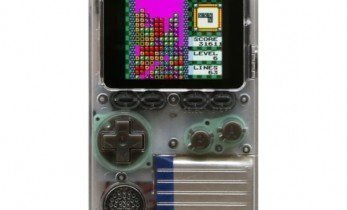
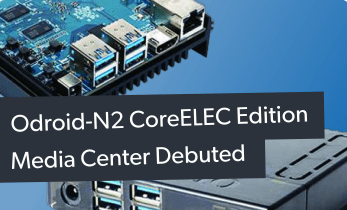
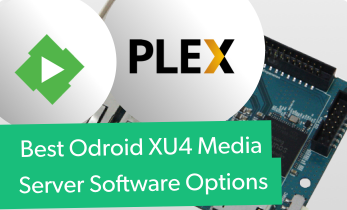
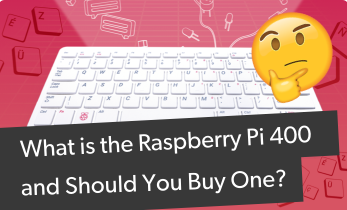
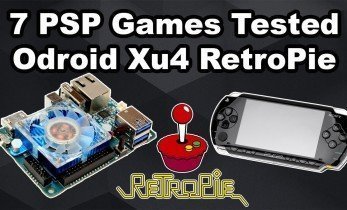


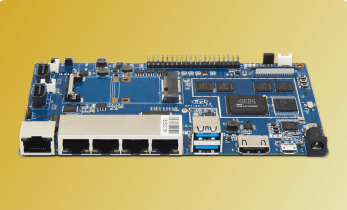


Leave your feedback...